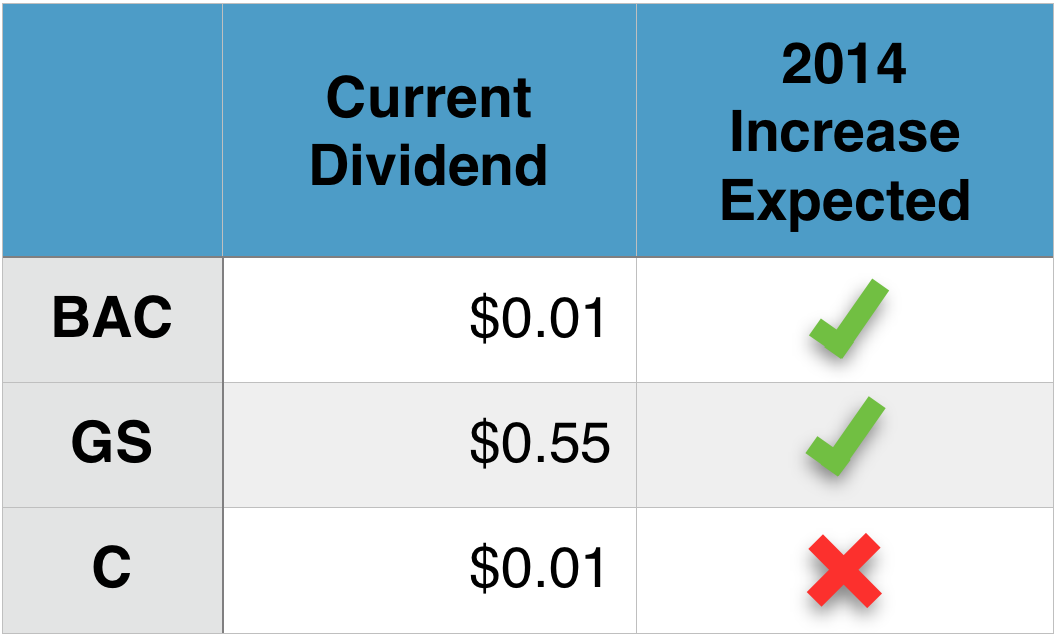
Flickr / Luis Perez.
Since the financial crisis, the Fed now requires big banks to file a new type of quarterly report. Its name, FR Y-9C, sounds like something fit for a Star Wars robot, and it's definitely running some dark side interference on dividends.
Recently, it brought plans for a $0.05 Bank of America (BAC 0.06%) quarterly dividend to a sudden halt when a mistake was discovered in the form's capital calculations.
According to the Fed, the form is "a primary analytical tool used to monitor financial institutions between on-site inspections." In English, think of it as an interim report keeping tabs on banks, building up to the annual Comprehensive Capital Analysis and Review stress tests major banks now have to go through.
Beyond its role with Fed bank analysis, the FR Y-9C also has a significant impact on individual investors -- particularly when it comes to dividends.
A pesky, little form
The importance of the FR Y-9C is that it ultimately determines whether a bank gets the yay or nay from the Fed in how it wishes to use its capital, including issuing dividends to shareholders.

Bank of America's most recent submission requested the first increase to the company's penny per share dividend since 2009. This plan was upset with the discovery of a $4 billion capital calculation error stemming from a change in Fed guidelines on calculating loss, specifically relating to Bank of America's 2009 acquisition of Merrill Lynch.
Bank of America; however, isn't alone in its troubles with the form. Earlier this year, both Goldman Sachs (GS +1.02%) and Citigroup (C +0.88%) were denied permission to raise their dividends after failing to meet established capital ratios.
Ultimately, banks are sometimes able to revise these rejected plans. Goldman was able to do this and is anticipated to raise its dividend next quarter.
Likewise, Bank of America has since corrected its error and resubmitted a new plan to the Federal Reserve.
It's just an error... luckily
Bank of America's case is a bit different from other banks in that its initial rejection was based on a calculation error and not actual capital deficiencies.
Despite this, investors haven't seemed to mind the misstep in number crunching. After a short dip, the stock's price has appreciated 6% since the error was revealed a little over a month ago.
The company's proactive approach in fixing the error has likely mitigated any emotionally driven, downward adjustment to its stock price. It has worked closely with the Fed and has hired a third-party accounting firm to verify its adjustments.
However, the bigger news keeping the stock afloat is the fact that Bank of America will be increasing its dividend in the first place.
With a corrected capital plan, the bank will still be able to issue an increased dividend, though likely smaller than initially anticipated, according to a company press release.
Expect more
In all this Fed form trouble, one thing remains clear: banks want to increase dividends and share buybacks for investors!

As banks learn to navigate the Fed stress tests and continue to regain strength in their financial positions, expect dividend increases to become a norm, not just from Bank of America, but across the sector to get back in the good graces of the investing public.
As for now, expect a little friction. Banks cannot increase dividends unless they hit safe capital ratios in forms like the FR Y-9C.
It's ironic then that the thing causing banks to miss the mark on these ratios are the very dividend plans they are proposing.
So, in the slightly modified words of C-3PO, who had a name similar to FR Y-9C but actually is a Star Wars robot, for the sake of banks and investors alike, "I suggest a new strategy, Y-9C: let the dividends win."









